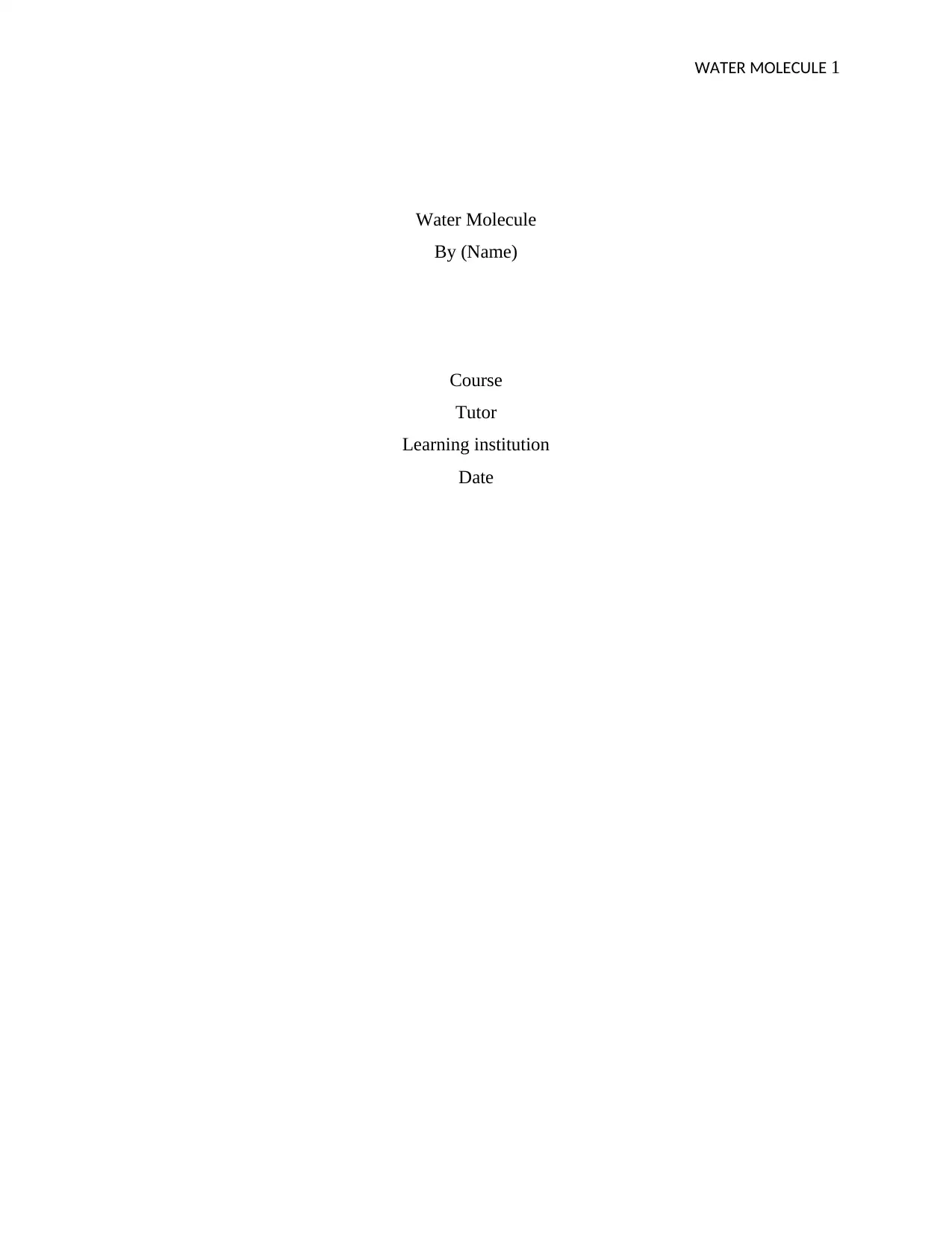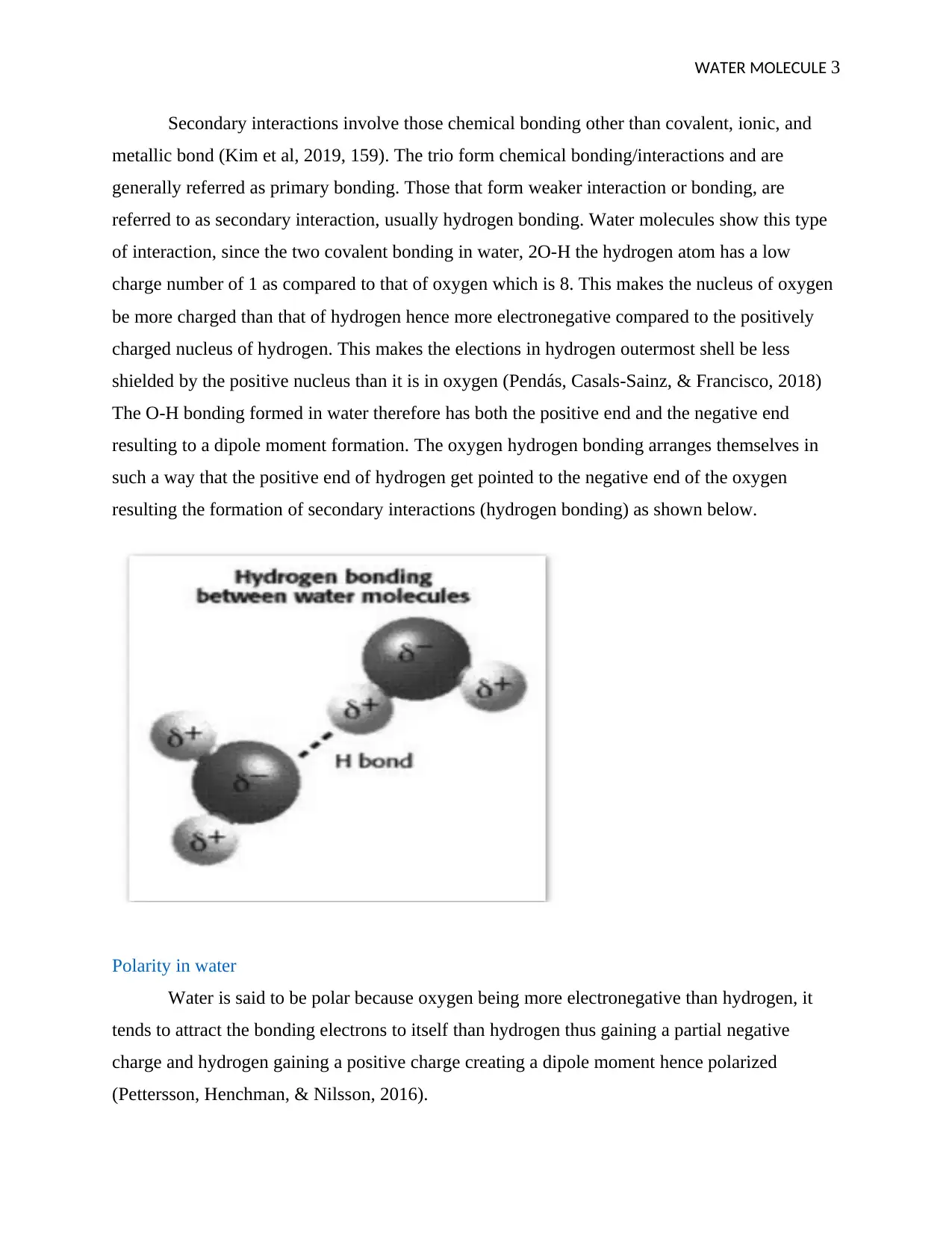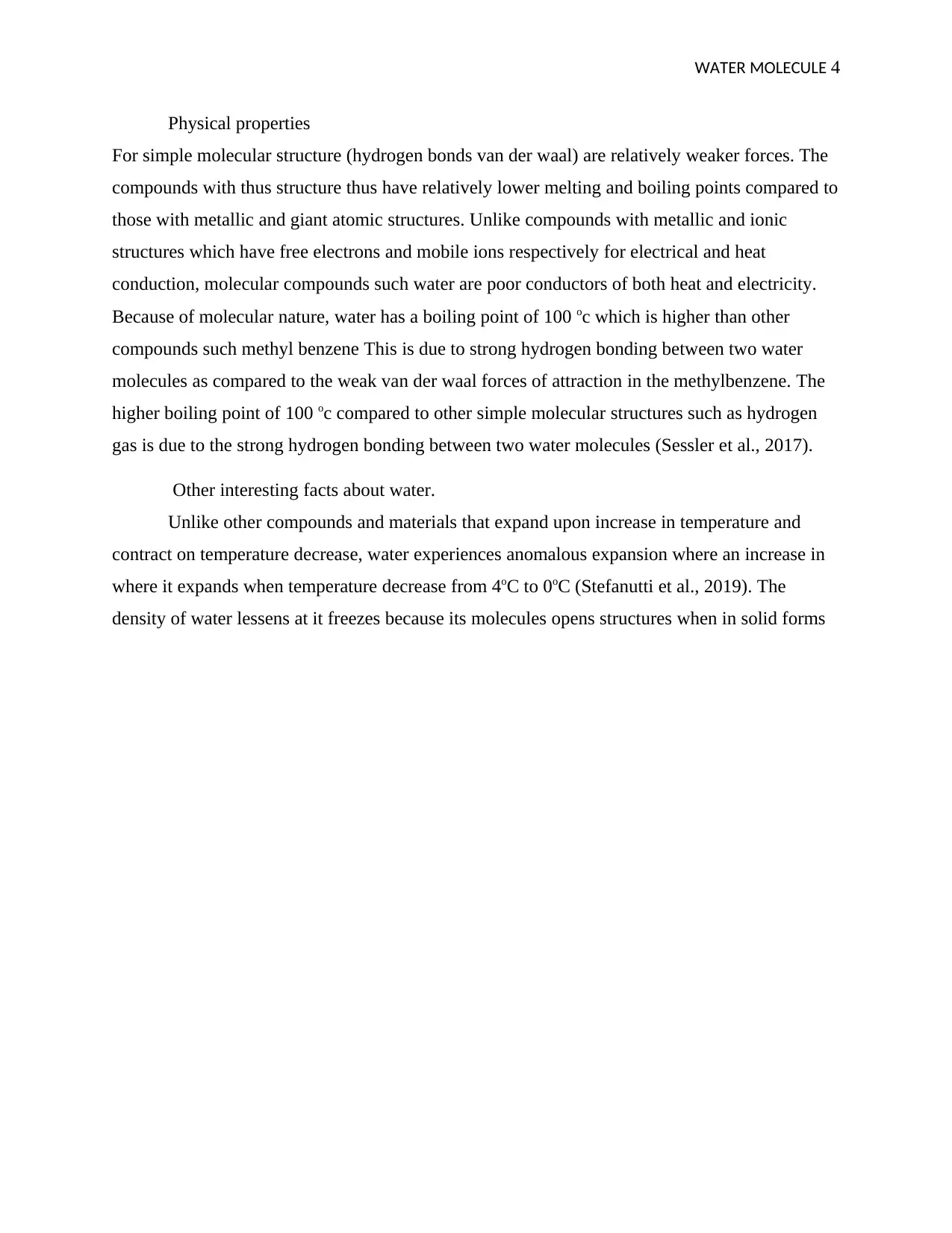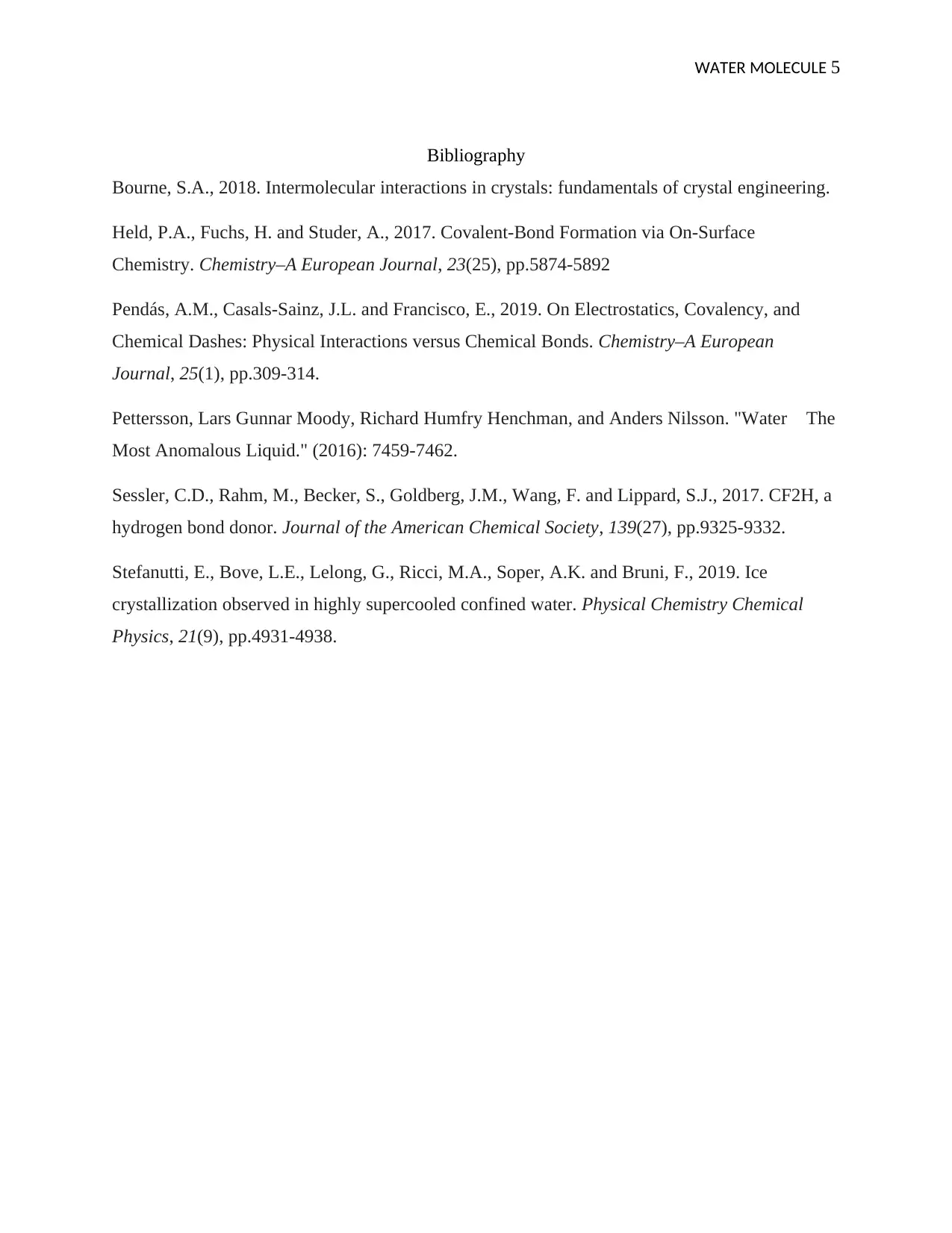Water Molecule: Covalent Bonding, Secondary Interaction, Polarity, and Physical Properties
VerifiedAI Summary
This article discusses the covalent bonding, secondary interaction, polarity, and physical properties of water molecules. It explains the concept of covalent bonding and how it forms the basis of water molecules. It also discusses secondary interactions and how water molecules show this type of interaction. The article also explains the polarity of water molecules and their physical properties such as boiling point, electrical and heat conduction, and anomalous expansion. Additionally, it provides interesting facts about water molecules such as their ability to dissolve most chemicals and their unique characteristics that make them popular for the study of both physical and chemical properties of compounds.
![[object Object]](/_next/static/media/star-bottom.7253800d.svg)
![[object Object]](/_next/static/media/star-bottom.7253800d.svg)




